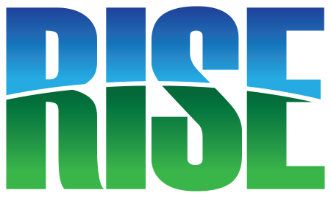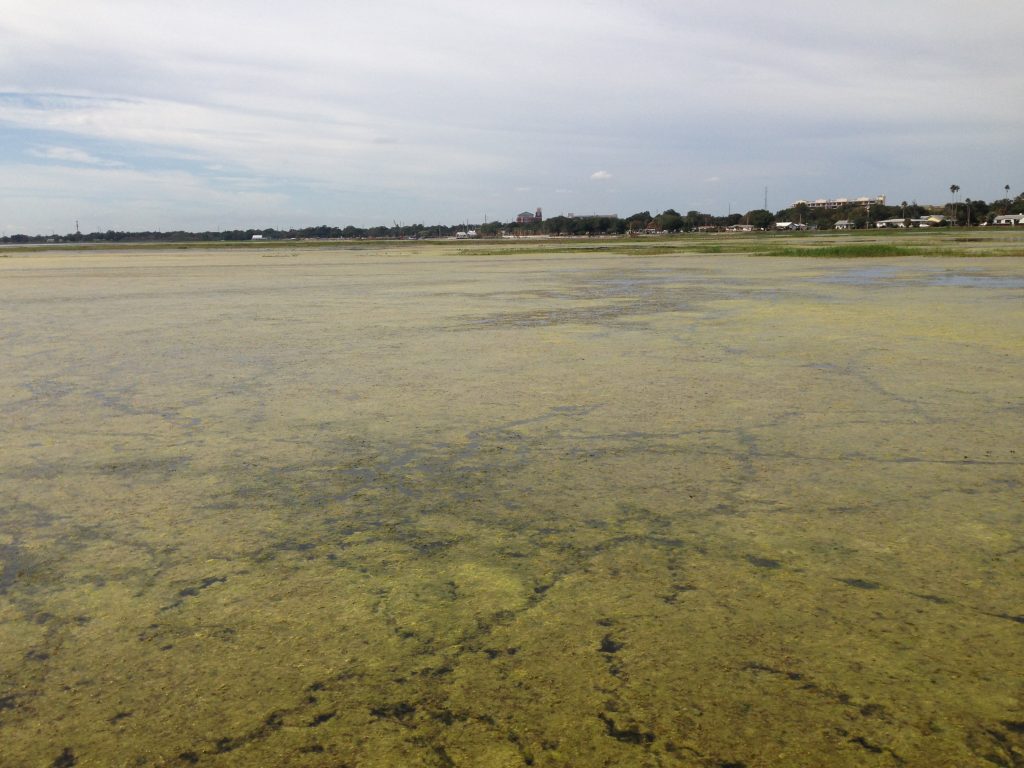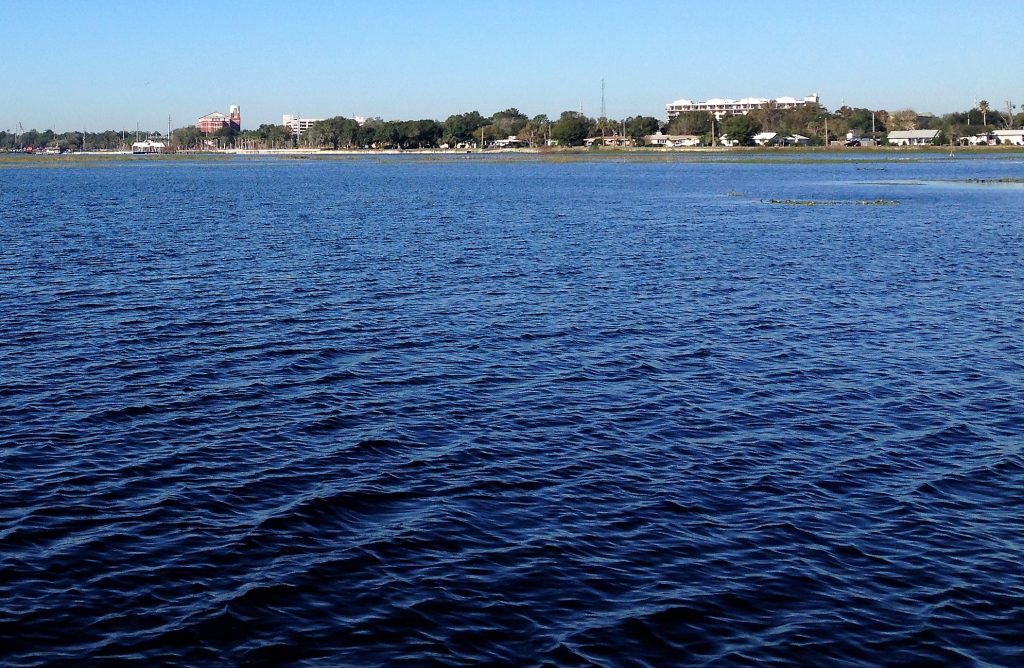Non-native invasive plants like hydrilla, water hyacinths & water lettuce impact approximately 1.5 million acres in Florida. If invasive plants aren’t controlled, they can prevent oxygen from reaching fish and other wildlife when they cover the water’s surface. Removing aquatic weeds prevents them from having negative impacts on our communities and ecosystems, such as completely blocking waterways or getting caught in boat motors. Integrated vegetation management (IVM) is the best practice for controlling aquatic weeds. IVM is a comprehensive approach that identifies specific problems and determines the best approach or combination of approaches to solve them.
Why is it important to control aquatic weeds?
If not controlled, aquatic plants can have negative impacts on our ecosystems, including:
- Preventing oxygen from reaching fish and other wildlife.
- Completely blocking waterways and attaching to boat motors.
- Entangling swimmers, pets, paddlers, and boaters.
- Creating areas that welcome mosquito growth, which leads to an increased risk of mosquito-borne illnesses like West Nile Virus and the Zika virus.
Some of the most common and concerning invasive aquatic plants in Florida include:
Hydrilla: Hydrilla, a weed with the potential to form stems up to 35 feet long and up to 15 meters deep into water, tends to spread rapidly in clear and slow-moving water, such as shallow lakes, reservoirs and large lakes. They can also spread by attaching to boats, fishing gear and even waterfowl. The weed can reduce water flow, increase sedimentation rates, increase the length and duration of floods, and interfere with water navigation, fishing and water recreation. In Lake Tohopekaliga, Fla., hydrilla infestations caused largemouth bass populations under the age of five years to decline.
Florida state agencies have spent approximately $250 million to manage hydrilla over a 30-year period. Should the species be allowed to spread, this dollar amount would increase significantly, causing severe economic losses.
Between 1950 and 1990, hydrilla occupied more than 140,000 acres in Florida.[1]
Water Lettuce: Water lettuce forms dense mats on the surface of water. In less than three weeks, water lettuce can double its population size and, in one season, the plant can form up to 1,000 rosettes per square meter, spreading rapidly.
Water lettuce is a host to at least two types of mosquitoes, contributing to the spread of mosquito-borne illnesses. A resilient weed, water lettuce survives in even harsh environmental conditions, making it difficult to remove or control.
Water Hyacinth: Water hyacinth, a floating plant, forms dense floating rafts in water and mud. Considered the world’s worst weed, water hyacinth can double in number of plants within 12.5 days.
The weed increases the potential for flooding, alters ecosystems and impedes aquatic activities such as fishing, swimming and boating. Water hyacinth can reduce both the quantity and quality of drinking water and has been known to increase incidences of water-borne or related diseases.
While scientists have tried to find beneficial purposes for the plant, its composition of 95 percent water makes utilization projects impractical as it’s biomass cannot be reduced to acceptable levels.
How can we control invasive aquatic plants?
Integrated vegetation management (IVM) is the best preventative practice for controlling invasive, noxious and nuisance aquatic plants. IVM considers all control and prevention options and follows a process to observe, identify, solve, and prevent invasive plant problems. IVM balances the benefits of cost, control, environmental quality, public health and regulatory compliance.
Physical control methods, like mechanical harvesting, offer one option for removing unwanted plants. Mechanical harvesters struggle to keep up with weed growth, however, and often remove native species from the habitat as well. Biological controls can be used after extensive consideration of the target plant, the habitat, and management objectives and typically involve introducing an organism into the environment to control the target plant. Physical controls involve physically manipulating the habitat through methods such as hand pulling, aeration, fire, and more.
Additional mechanical harvesting points: While herbicide crews can cover 10-15 acres per day, mechanical harvesters can only cover 1-2 acres per day. Their use can also accelerate the spread of invasive plants by leaving behind fragments, which then float away to other parts of the body of water.
Herbicides are part of an IVM management approach, as needed. Aquatic herbicides are an effective and commonly used means of controlling invasive, noxious, and nuisance aquatic plants. They allow for both spot treatment and mass distribution, unlike other alternatives. They are also easy to apply in large quantities at a faster rate.
Because IVM uses a combination of management approaches, programs are tailored to fit individual needs and situations.
The Florida Fish and Wildlife Conservation Commission supports an IVM approach, including chemical, mechanical, biological and physical methods to control invasive plant species.
Who manages aquatic weeds in Florida?
For more information about pesticide ordinances across Florida and in your area, please contact us at rise@pestfacts.org.
Other Resources:
[1] Florida Fish and Wildlife Conservation Commission. Hydrilla. Retrieved from https://myfwc.com/wildlifehabitats/habitat/invasive-plants/weed-alerts/hydrilla/


